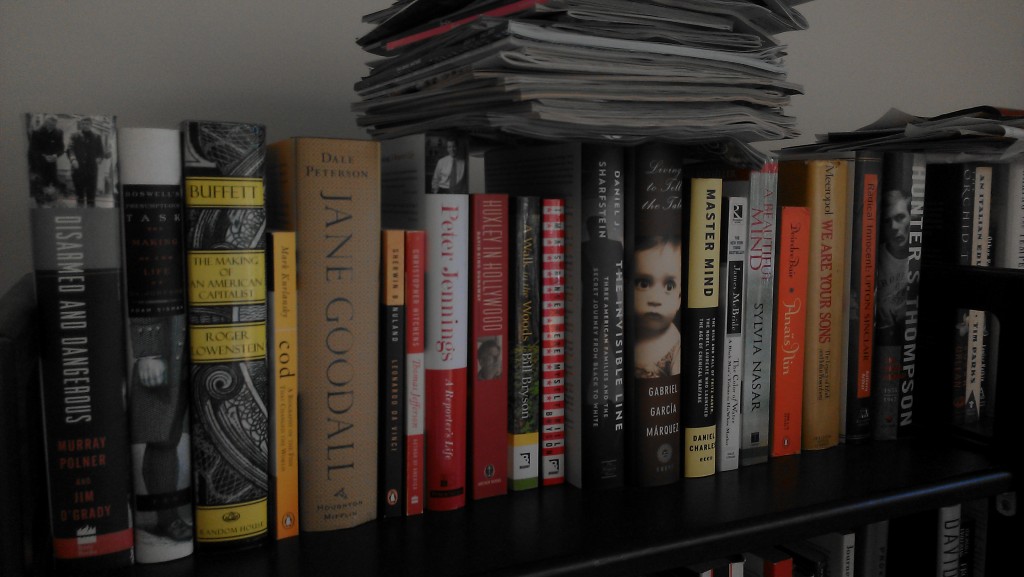
The authors of a controversial paper on what constitutes “normal” hormone levels in men and women — and, by implication, “male” and “female” athletes — are set to issue a massive correction of the work, Retraction Watch has learned. But an outside, albeit not disinterested, researcher who prompted the correction says the correction itself is amiss.
The article, “Large divergence in testosterone concentrations between men and women: frame of reference for elite athletes in sex-specific competition in sports, a narrative review,” appeared earlier this year in Clinical Endocrinology, a Wiley title. The authors of the meta-analysis, led by Richard Clark, of the US Anti‐Doping Agency, argued that testosterone levels between the sexes do not overlap in the absence of chromosomal or genetic anomalies that blur the distinction between male and female.
That finding was cited recently by an architect of the International Association of Athletics Federations’ decision to bar the South African trackstar, Caster Semenya, and other “hyperandrogenic” women (Semenya’s hormonal status has not been made public) whose hormonal constitution is arguably more male than female.
Continue reading Paper used to support ban on Caster Semenya competing earns massive correction





